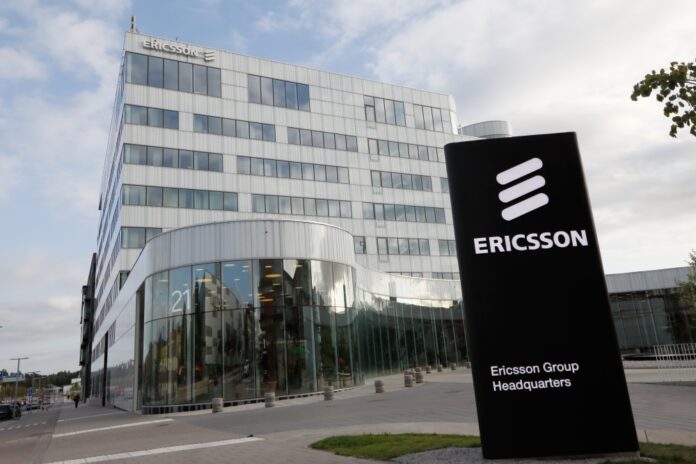Time-Critical Communication (TCC) software could have instant impact
Ericsson claims it can guarantee the instant response times needed to make 5G a viable option in ‘time critical’ systems. It’s all thanks to a box of software tricks that solve all the glitches in each aspect of the 5G machine, from core to content.
Its new Time-Critical Communication (TCC) is an easy software upgrade on public and private 5G networks, wide and local areas, on any 5G frequency band, on mobile broadband or fixed wireless access services, it says.
TCC is a software toolbox that resolves lags and interruptions in mobile networks, claims Ericsson. It mitigates the major causes of latency by applying a new set of its tweaking inventions to the 3GPP-specified ultra-reliable, low latency communication (URLLC) standard. Its suite of software has been unleashed to alleviate problems in the Radio Access Network (RAN), transport layer, 5G Core, in the fields of service management and orchestration, business support systems and support services.
TCC expedites every process
The bottom line is a consistent low latency of between 50ms and 1ms, from end to-end at specified guarantee levels of 99.9 to 99.999 per cent reliability.
Ericsson claimed it will meet all time-critical use cases at scale, having run successful pilot schemes for operators and industrialists including BT and Hyperbat, Einride and Telia, Boliden, ABB, Audi, Fraunhofer IPT, DT and Rockwell.
According to Disruptive Analysis, consumers enterprises and the public sector will be ill served by the short comings of 5G unless mobile operators can speed up the reaction times they offer. In the health service, remote microsurgery tools might need haptic feedback 100 times a second and response times at under 10ms, which are not currently plausible. In industry, where laser pulses are measured in femtoseconds, the machining of glass or polymers is ruled out. Mobile gamers, who represent a huge demographic, will wait until an operator can raise its own game sufficiently.
Ericsson claims its new end-to-end solution allows mobile operators to guarantee their clients the consistent low latency and high reliability needed.
Nothing stands in the way of 5G progress
Two and a half billion mobile gamers across the world can be promised lag-free gaming experiences, says the equipment vendor and some enterprises could be enticed by the prospect of immersive ‘altered reality’ experiences. Ericsson claims it could help operators manage production processes or mission-critical services which would fail without high-performance reliable connectivity.
“We are taking 5G to the next level with Time-Critical Communication,” said Per Narvinger, head of product area networks at Ericsson. This system will fuel the global uptake of 5G by “giving mobile operators, the tools to expand their offerings for the consumer, enterprise and public sectors and monetise 5G effectively.”
Ericsson recently partnered with Deutsche Telekom and Telstra to show the benefits of one feature, L4S (Low Latency Low Loss Scalable throughput) technology, in an interactive cloud game. Along with MediaTek it demonstrated 5G offering 1ms consistent low latency with 99.99 percent reliability in both uplink and downlink on mmWave band.


